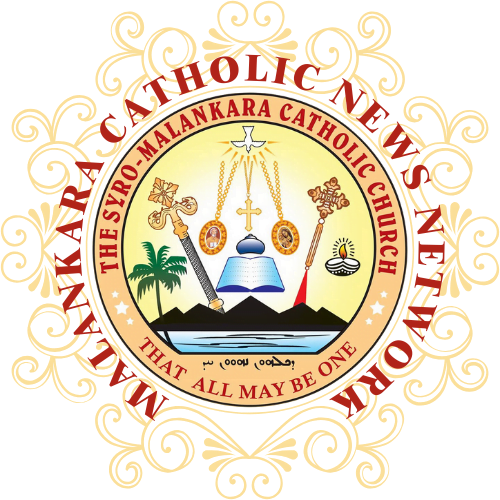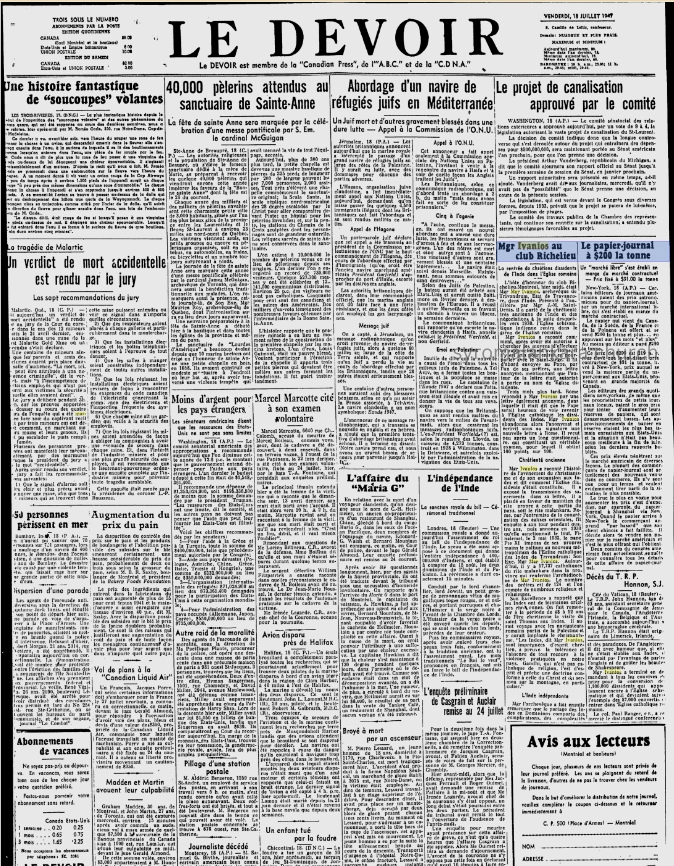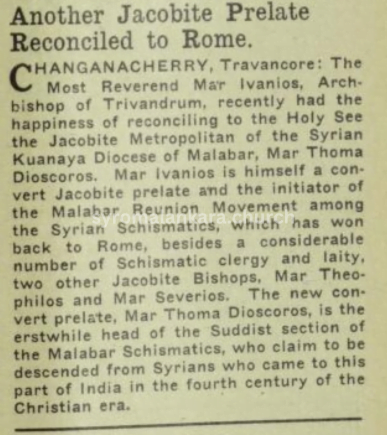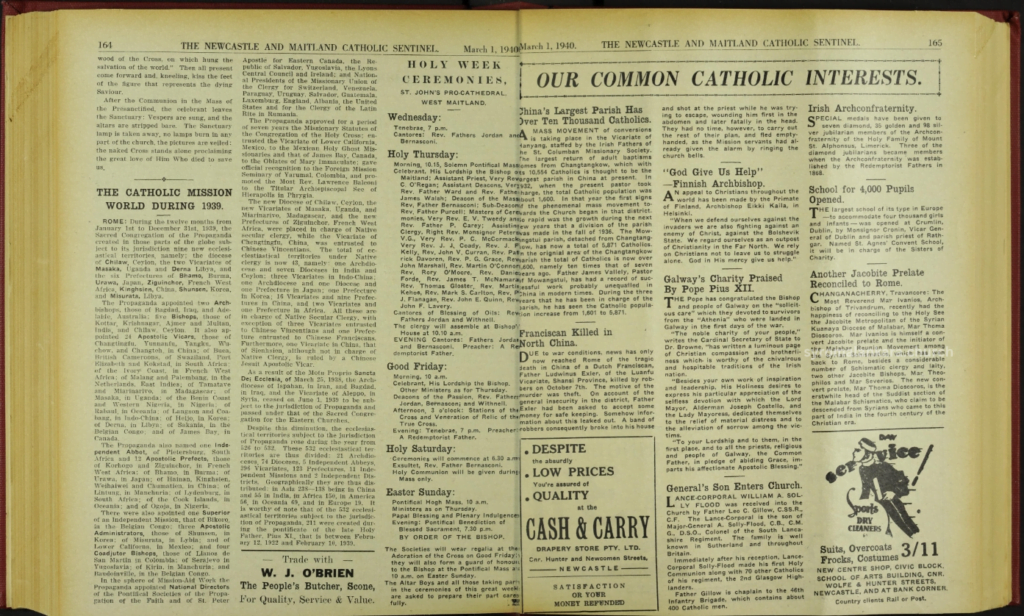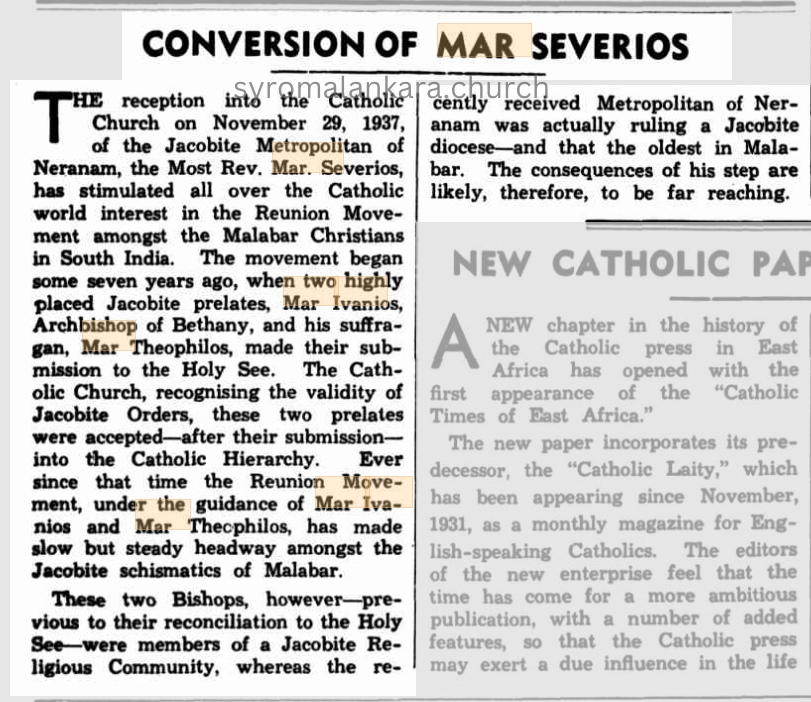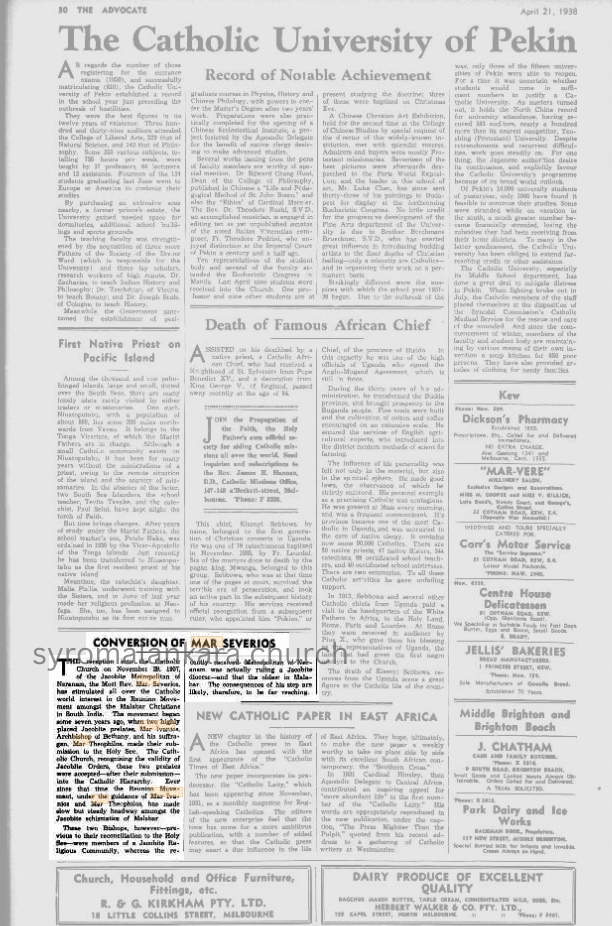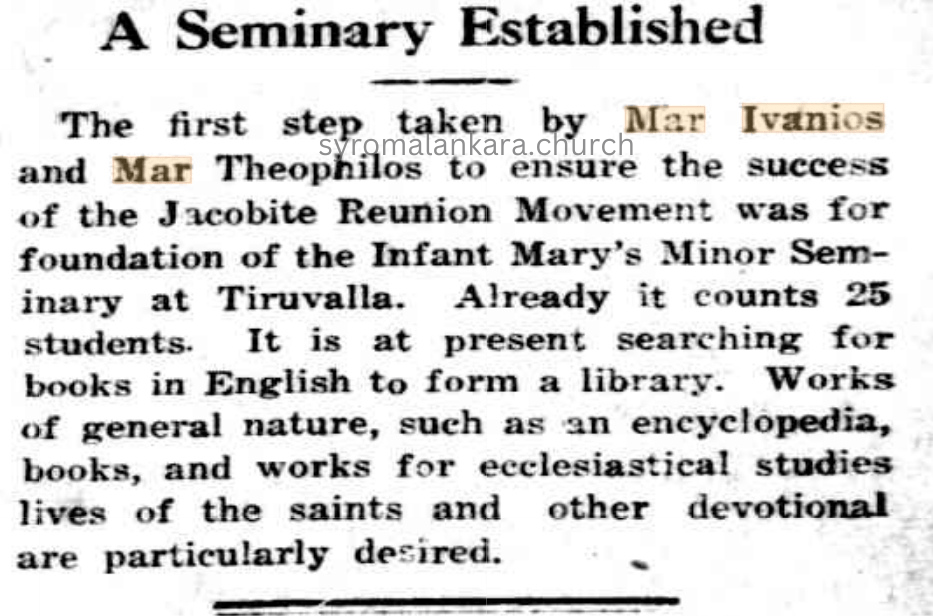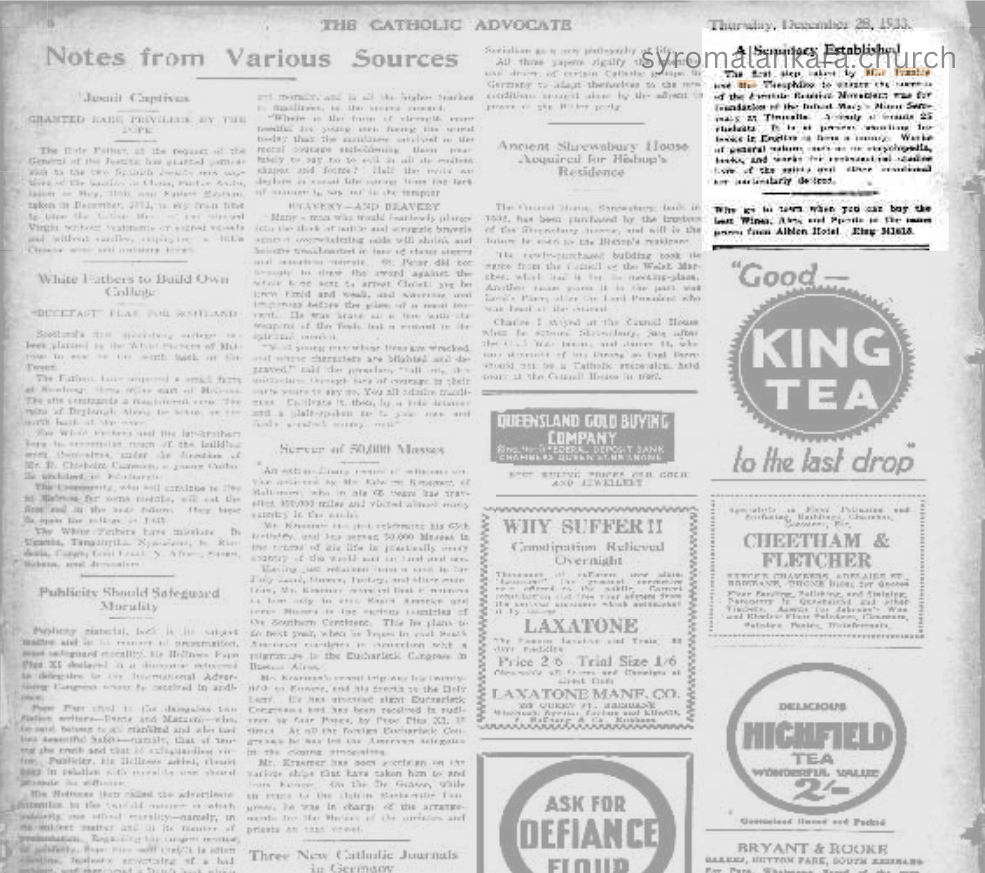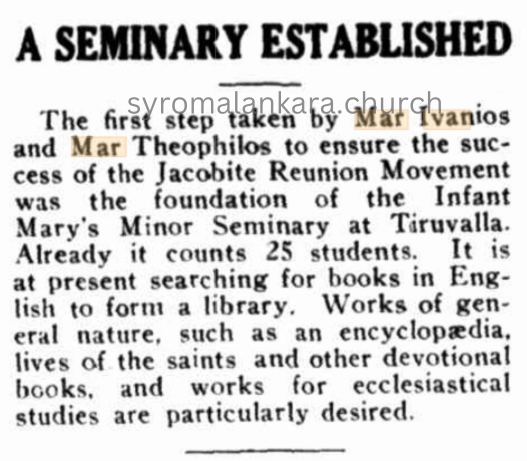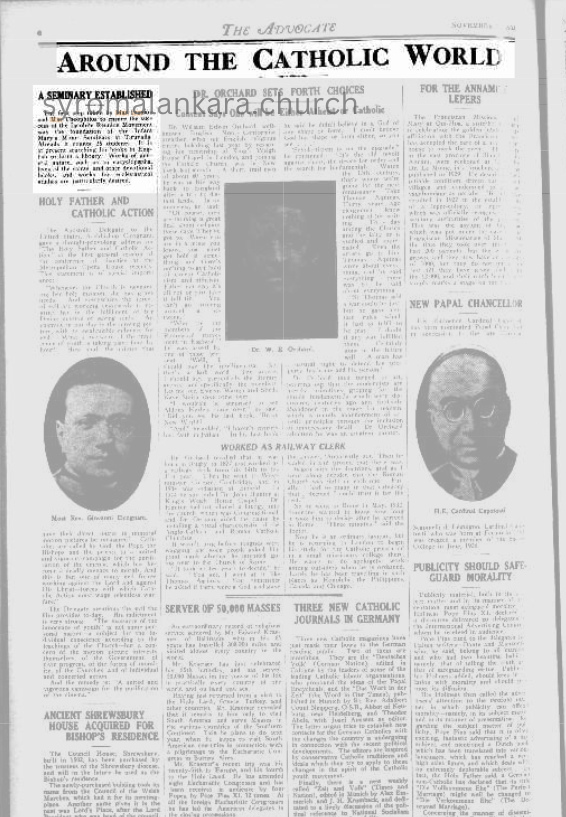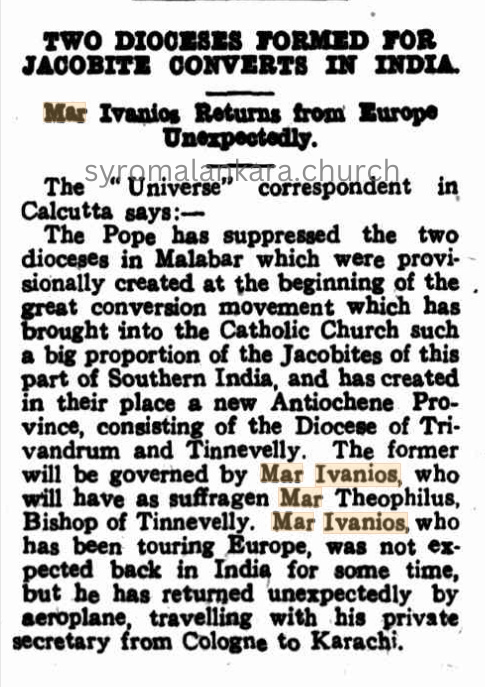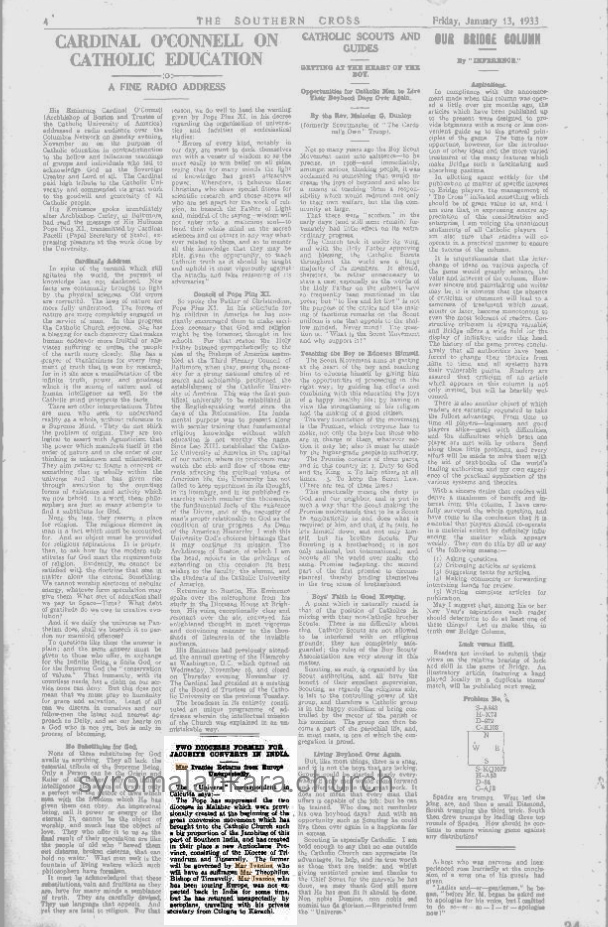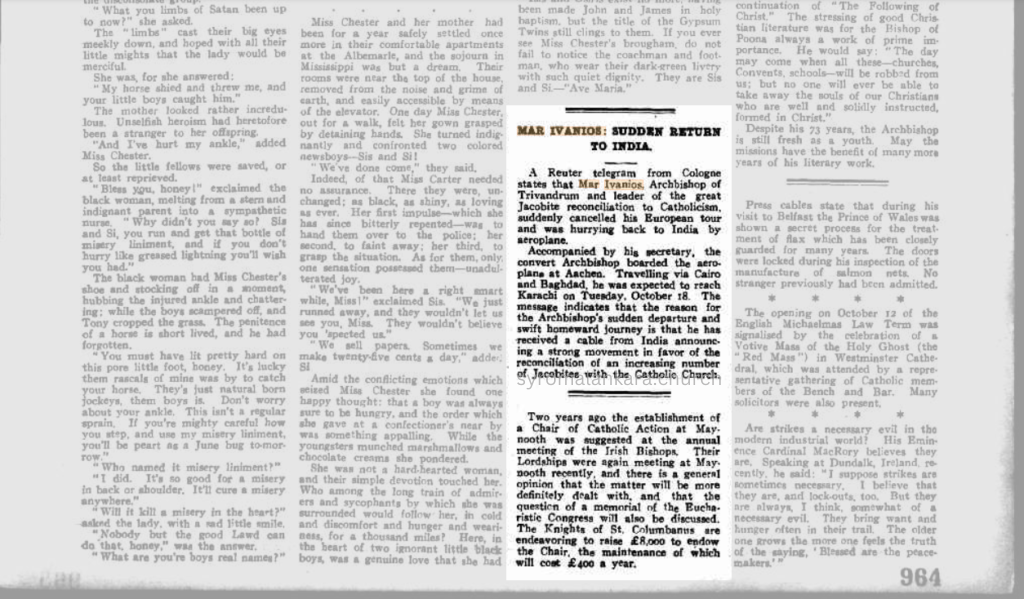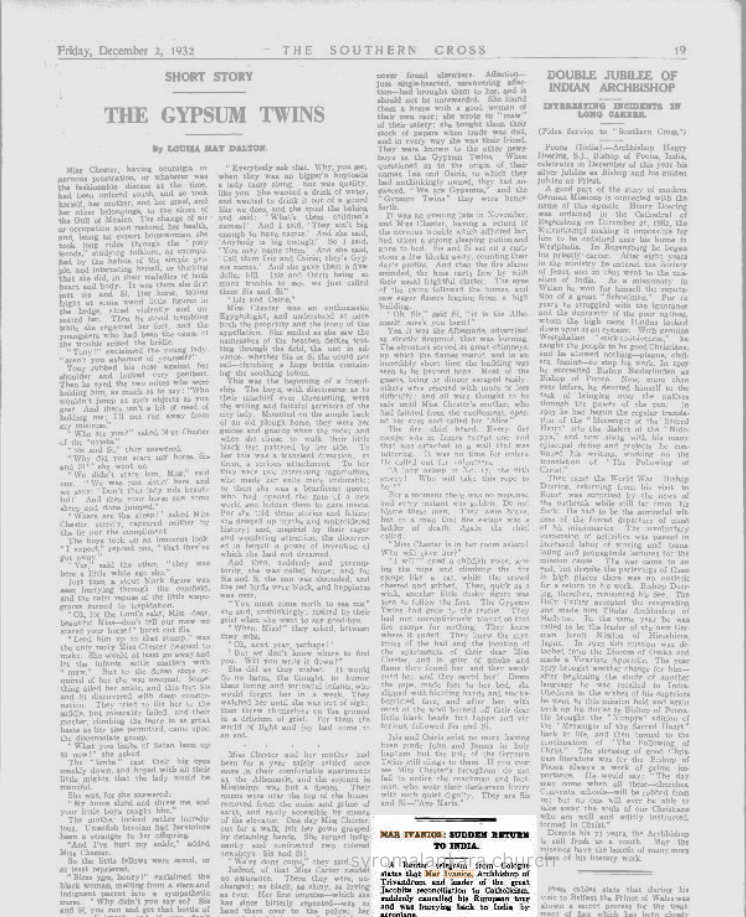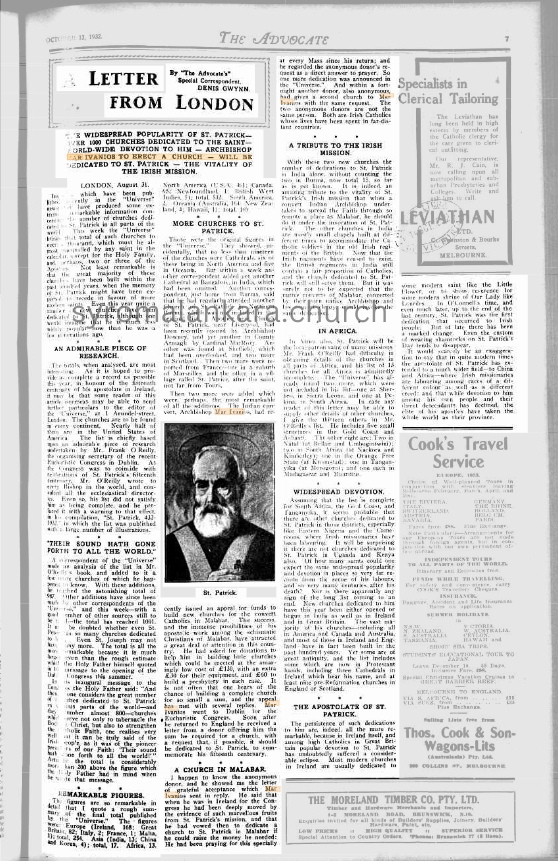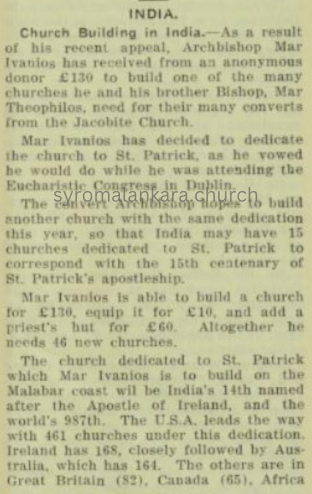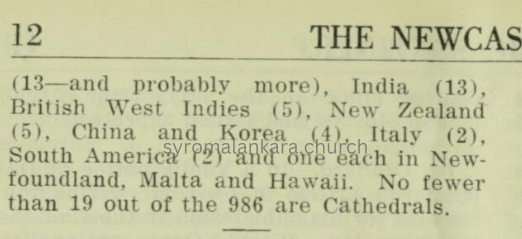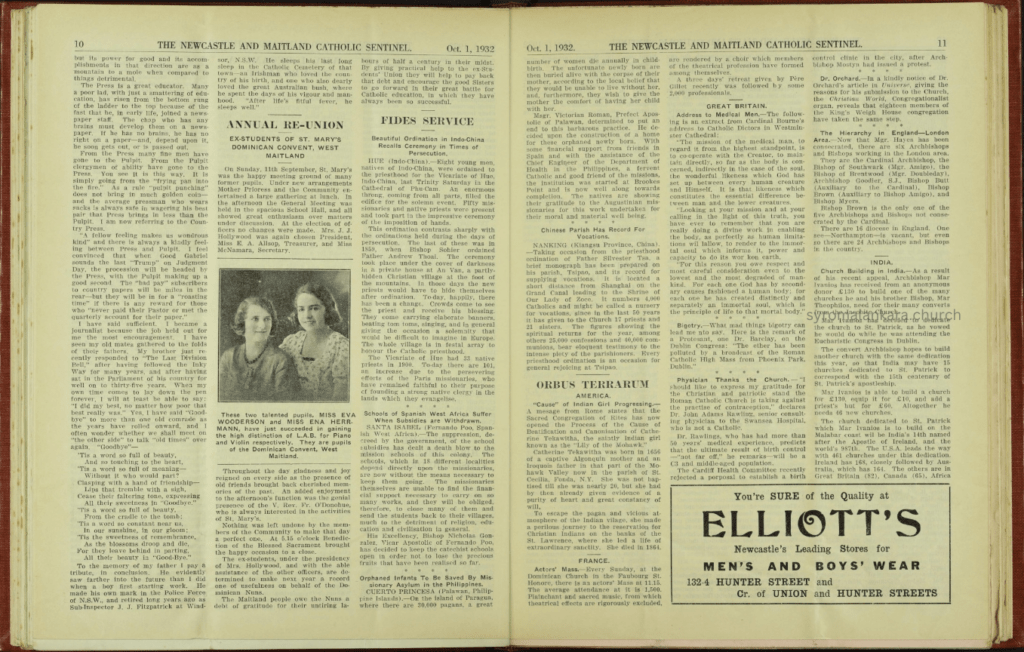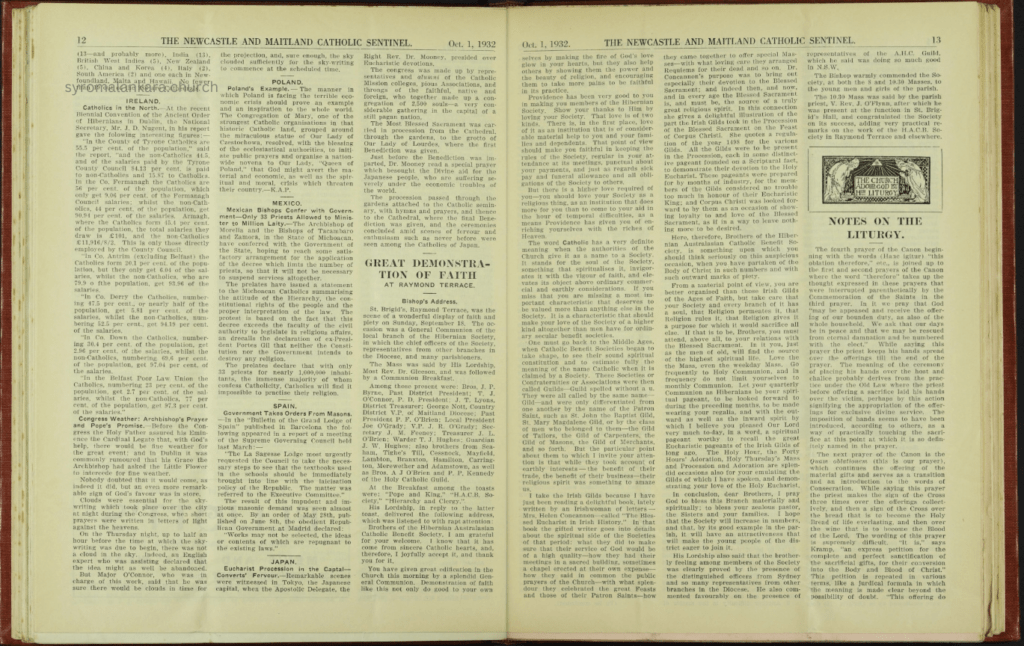Inquiries published recently in the “Universe” newspaper have produced some extremely remarkable information concerning the number of churches dedicated to St. Patrick in all parts of the world. This week the “Universe” brings that total of such churches to over a thousand, which must be almost unequalled by any saint in the calendar, except for the Holy Family, and, perhaps, two or three of the Apostles.
Not least remarkable is that the great majority of these churches have been built within the past hundred years, when the memory of St. Patrick might have been expected to recede in favour of more modern saints. Even this year quite a number of new churches have been dedicated to St. Patrick, although one would imagine that he is much less widely popular now than he was a few generations ago.
AN ADMIRABLE PIECE OF RESEARCH
The totals, when analyzed, are most interesting. As it is hoped to provide as complete a record as possible this year, in honour of the fifteenth centenary of his apostolate in Ireland, it may be that some reader of this article overseas may be able to send further particulars to the editor of the “Universe,” at 1 Arundel-street, London. The churches are to be found in every continent. Nearly half of them are in the United States of America. The list is chiefly based upon an admirable piece of research undertaken by Mr. Frank O Reilly, the organizing secretary of the recent Eucharistic Congress in Dublin.
As the Congress was to coincide with celebrations of St. Patrick’s fifteenth centenary, Mr. O’Reilly wrote to every Bishop in the world, and consulted all the ecclesiastical directories. Even so, his list did not satisfy him as being complete, and he prefaced it with a warning to that effect, in his compilation, “St. Patrick, 432-1932,” in which the list was published with a large number of illustrations.
“THEIR SOUND HATH GONE FORTH TO ALL THE WORLD:”
A correspondent of the “Universe” made an analysis of the list in Mr. O’Reilly’s book, and added to it a few more churches of which he happened to know. With these additions, he reached the astonishing total of 987. Other additions have since been made by other correspondents of the “Universe,” and this week—with a good number of other sources still to be tried—the total has reached 1001. It may be doubted whether even St. Peter has so many churches dedicated to him. Even St. Joseph may not have many more. The total is all the more remarkable because it is much larger even than the rough estimate which the Holy Father himself quoted in his message to the opening of the Dublin Congress this summer.
In his inaugural message to the Congress the Holy Father said: “And then, as one considers the great number of churches dedicated to St. Patrick in various parts of the world—and they number almost 800—churches not only to tabernacle the Body of Christ, but also to strengthen the Catholic Faith, one realizes, very well that it may be truly said of the Irish people; as it was of the pioneer preachers of our Faith: “Their sound hath gone forth to all the world!”
Actually, the total is considerably more than 200 above the figure which the Holy Father had in mind when he wrote that message.
REMARKABLE FIGURES
The figures are so remarkable in detail that I quote a rough summary of the final total published in “Universe.” The figures are: Europe (Ireland, 168; Great Britain, 82; Italy, 2; France, 1; Malta, 1) total, 254. Asia (India, 13; China and Korea, 4); total, 17. Africa, 13. North America (U.S.A., 461; Canada, 65; Newfoundland, 1; British West Indies, 5); total, 532. South America, 2. Oceania (Australia, 164; New Zealand, 4; Hawaii, 1); total, 169.
MORE CHURCHES TO ST. PATRICK
Those were the original figures in the “Universe.” They showed, incidentally, that no less than nineteen of the churches were Cathedrals, six of these being in North America and five in Oceania.
But within a week another correspondent added yet another Cathedral at Bangalore, in India, which had been omitted. Another correspondent, just home from Burma, said that he had regularly attended another Church of St. Patrick in Northern Burma, which was not included in the original list. Another new Church of St. Patrick, near Liverpool, had been recently opened by Archbishop Downey, and yet another in County Armagh by Cardinal MacRory. Another was found at Sheffield, which had been overlooked, and two more in Scotland. Then two more were reported from France—one in a suburb of Marseilles, and the other in a village called St. Patrice, after the saint, not far from Tours.
Then two more were added which were, perhaps, the most remarkable of all the additions. The Indian convert, Archbishop Mar Ivanios, had recently issued an appeal for funds to build new churches for the convert Catholics in Malabar. The success, and the immense possibilities of his apostolic work among the schismatic Christians of Malabar, have attracted a great deal of attention in this country. He had asked for donations to help him in building little churches which could be erected at the amazingly low cost of £130, with an extra £30 for their equipment, and £60 to build a presbytery in each case. It is not often that one hears of the chance of building a complete church for so small a sum, and the appeal has met with several replies. Mar Ivanios went to Dublin for the Eucharistic Congress. Soon after he returned to England he received a letter from a donor offering him the sum he required for a church, with a request that, if possible, it should be dedicated to St. Patrick, to commemorate his fifteenth centenary.
A CHURCH IN MALABAR
I happen to know the anonymous donor, and he showed me the letter of grateful acceptance which Mar Ivanios sent in reply. He said that when he was in Ireland for the Congress he had been deeply moved by the evidence of such marvelous fruits from St. Patrick’s mission, and that he had vowed then to dedicate a church to St. Patrick in Malabar if he could raise the money he needed: He had been praying for this specially at every Mass since his return; and he regarded the anonymous donor’s request as, a direct answer to prayer. So one more dedication was announced in the “Universe.” And within a fortnight another donor, also anonymous, had given a second church to Mar Ivanios with the same request. The two anonymous donors are not the same person. Both are Irish Catholics whose lives have been spent in far-distant countries.
A TRIBUTE TO THE IRISH MISSION
With these two new churches the number of dedications to St. Patrick in India alone, without counting the two in Burma, now total 15, so far as is yet known. It is, indeed, an amazing tribute to the vitality of St. Patrick’s Irish mission that when a convert Indian Archbishop undertakes to spread the Faith through so remote a place as Malabar, he should do it under the invocation of St. Patrick. The other churches in India are mostly small chapels built at different times to accommodate the Catholic soldiers in the old Irish regiments of the British. Now that the Irish regiments have ceased to exist, the British regiments in India still contain a fair proportion of Catholics, and the chapels dedicated to St. Patrick will still serve them. But it was surely not to be expected that the native converts of Malabar, converted by their own native Archbishop and his convert clergy, would invoke the same dedication.
IN AFRICA
In Africa also, St. Patrick will be the local patron saint of many missions. Mr. Frank O’Reilly had difficulty in obtaining details of the churches in all parts of Africa, and his list of 13 churches for all Africa is admittedly incomplete. The “Universe” has already found two more, which were not included in his list—one at Sherbro, in Sierra Leone, and one at Pekina, in South Africa. In case any reader of this letter may be able to supply other details of other churches, I give the thirteen others in Mr. O’Reilly’s list. He includes five small structures in the Gold Coast and Ashanti. The other eight are: Two in Natal (at Bellair and Umbogintwini); two in South Africa (at Nackora and Kimberley); one in the Orange Free State (at Kroonstad); one in Tanganyika (at Morogoro); and one each in Madagascar and Mauritius.
WIDESPREAD DEVOTION
Assuming that the list is complete for South Africa, the Gold Coast, and Tanganyika, it seems probable that there are other churches dedicated to St. Patrick in those districts, especially like Eastern Nigeria and the Cameroons, where Irish missionaries have been labouring. It will be surprising if there are not churches dedicated to St. Patrick in Uganda and Kenya also. Of how many saints could one expect the same widespread popularity and devotion in places so very far remote from the scene of his labours, and so very many centuries after his death? Nor is there apparently any sign of the long list coming to an end. New churches dedicated to him have this year been either opened or begun in India as well as in Ireland and in Great Britain. The vast majority of his churches—including all in America and Canada and Australia, and most of those in Ireland and England—have in fact been built in the past hundred years. Yet some are of great antiquity, and the list includes some which are now in Protestant hands, including three Cathedrals in Ireland which bear his name, and at least nine pre-Reformation churches in England or Scotland.
THE APOSTOLATE OF ST. PATRICK
The persistence of such dedications to him is, indeed, all the more remarkable, because in Ireland itself, and among high Catholics in Great Britain popular devotion to St. Patrick has undoubtedly suffered a considerable eclipse. Most modern churches in Ireland are usually dedicated to some modern saint like the Little Flower, or to show reverence for some modern shrine of Our Lady like Lourdes. In O’Connell’s time, and even much later, up to the end of the last century, St. Patrick was the first dedication that occurred to Irish people. But of late there has been a marked change. Even the custom of wearing shamrocks on St. Patrick’s Day tends to disappear.
It would scarcely be an exaggeration to say that in quite modern times the apostolate of St. Patrick has extended to a much wider field—to China and Africa—where Irish missionaries are labouring among races of a different color as well as a different creed; and that while devotion to him among his own people and their direct descendants has declined, the elite of his apostles have taken the whole world as their province.
Copyright: The Advocate 13th October 1932

